
|
Mainstreaming Biodiversity - A series of success stories! In light of the rapid decline of biodiversity over the last decades, maintaining the essential services that it provides requires immediate action and the collective engagement of all parts of society, governmental agencies, non-governmental organisations and the private sector alike. Biodiversity conservation is thus a pre-condition for achieving sustainable development. As such, it needs to be integrated into all sectors and across sectors: biodiversity needs to be mainstreamed. This project, led by BirdLife International and IUCN, aims to document—through a series of simple factsheets—how mainstreaming biodiversity can be successfully put into practice. These factsheets complement the existing literature on this subject, that has remained, so far, mostly on theoretical grounds. Our hope is that these amazing stories will inspire further mainstreaming efforts. Factsheets
|
|
 |
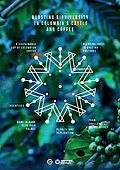 |
|
This introductory factsheet to the mainstreaming factsheets series provides some background information on the project, defines mainstreaming for these factsheets and outlines how we define success. |
Two milestone projects in Colombia involving cattle ranchers and coffee growers have yielded encouraging results by successfully combining biodiversity conservation and agricultural production. Learn more in our factsheet. |
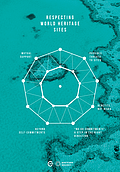 |
 |
|
In a world reliant on fossil fuels, the quest to extract oil and other resources has led companies to moving further afield, sometimes on or near Natural World Heritage Sites. Although not all follow conservation guidelines, increasingly mining firms are committing to respecting and maintaining biodiversity in these zones. Learn more in our factsheet. |
A large scale project across southern South America helps to protect the grasslands’ ecosystems, by promoting sustainable cattle grazing practices. The scheme could avoid the extinction of many birds that migrate to the region’s Pampas and other wildlife. Read more in our factsheet. |
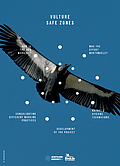 |
 |
|
A leading mining group joining forces with conservation NGOs to help prevent the extinction of vultures is an unusual scenario. Yet this is what happened in the central Indian state of Madhya Pradesh in 2014 after conservation experts discovered the birds were ingesting a drug found in their prey. Find out more in our factsheet. |
For Switzerland’s officials, the process of forging the country’s national position on the sustainable development goals was a challenging exercise, but the process yielded positive results and became one of learning from each other, listening and trust. Learn more in our factsheet. |
|
The Albatross Task Force: Finding Solutions to Save Ocean Wanderers |
|
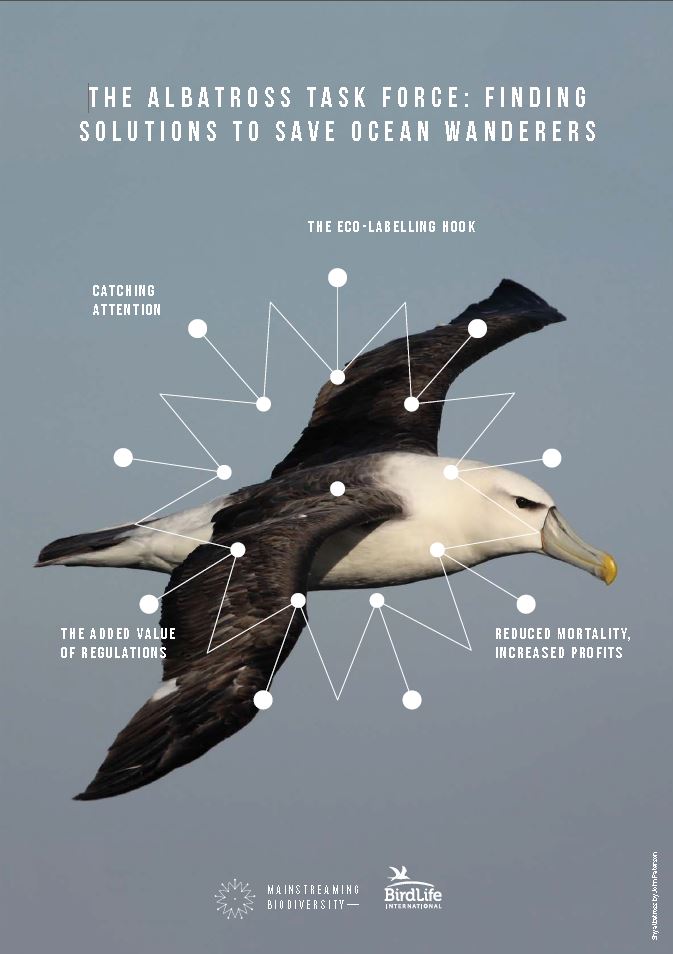 |
 |
|
A combination of dialogue, capacity building, technical solutions to mitigate impact and economic incentives has lead the ATF to the success we see today. |
The Renewables Grid Initiative is making its way to the sustainable energy production by having agreed to adopt measures to avoid impact of power lines on birds and other biodiversity. |
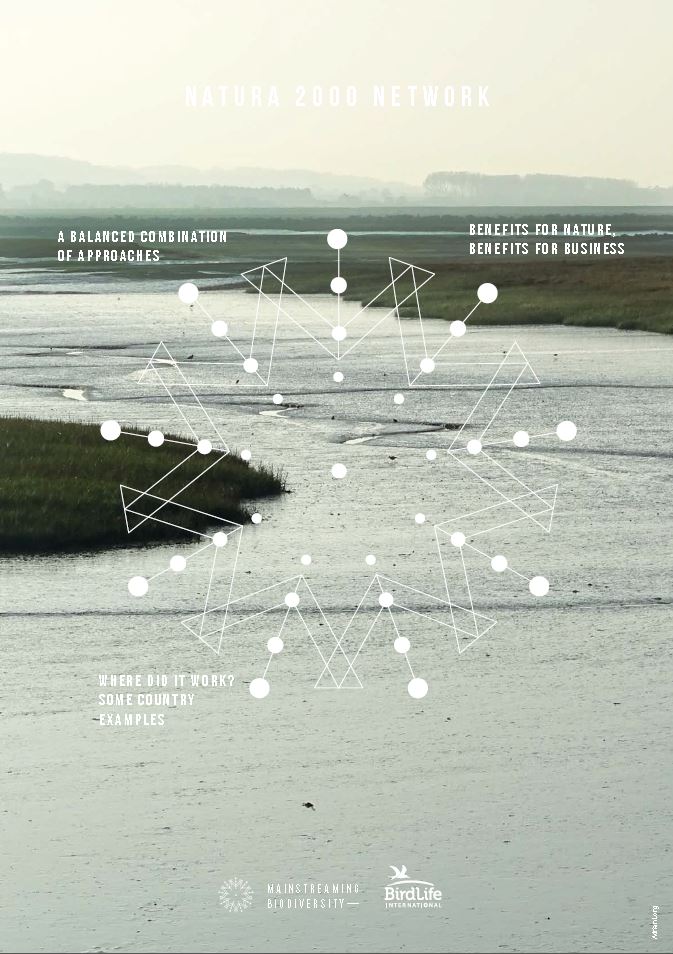 |
 |
|
The Natura 2000 network is an example of a successful science-policy interface, where the network of Important Birds and Biodiversity Areas informs the designation of SPAs (Special Protection Areas). |
Egypt plans to generate 20% of its energy from renewable sources. The Migratory Soaring Bird project is making sure that these plans minimise risks to migratory soaring birds, which are threatened by collisions with wind turbines and electrocution on power lines. |
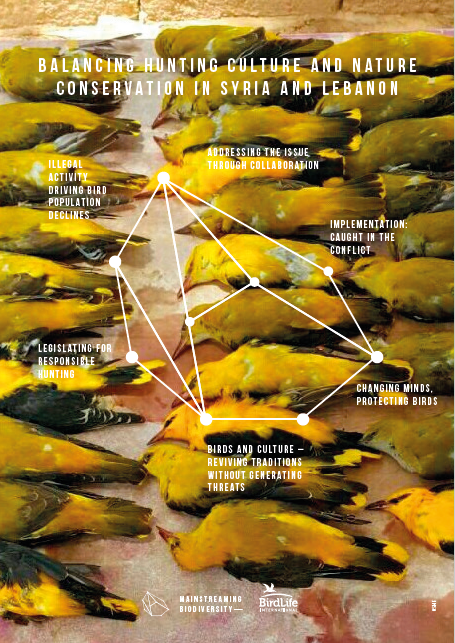 |
 |
|
Unregulated hunting has contributed to declines of many bird species. One response is to promote responsible hunting practises. |
Over the last decade, there has been considerable progress in incorporating seabird protection into international policies and fishing practice. |
|
Safeguarding migrating birds along the Red Sea/Rift Valley flyway |
|
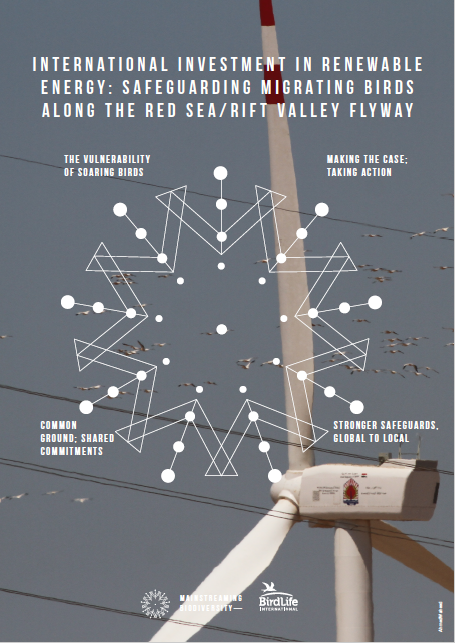 |
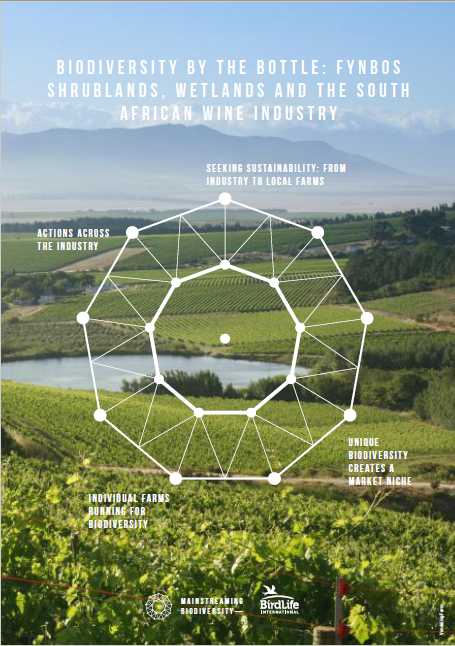 |
|
The Migratory Soaring Birds Project is working with International Financial Institutions (IFIs) to incorporate biodiversity concerns into their safeguard policies and guidelines. |
South African vineyards are taking pioneering action to protect the flora and fauna of the Cape Floral Region (CFR), one of the world’s great centres of terrestrial biodiversity. |
|
|
|
If you have any questions or would like to share a mainstreaming success story, contact the project team: Carolina Hazin (BirdLife): Carolina.Hazin@birdlife.org
Sonia Peña Moreno (IUCN): Sonia.PenaMoreno@iucn.org
Maximilian Mueller (IUCN): Maximilian.Mueller@iucn.org
|
|
|
|
 |
 |
|